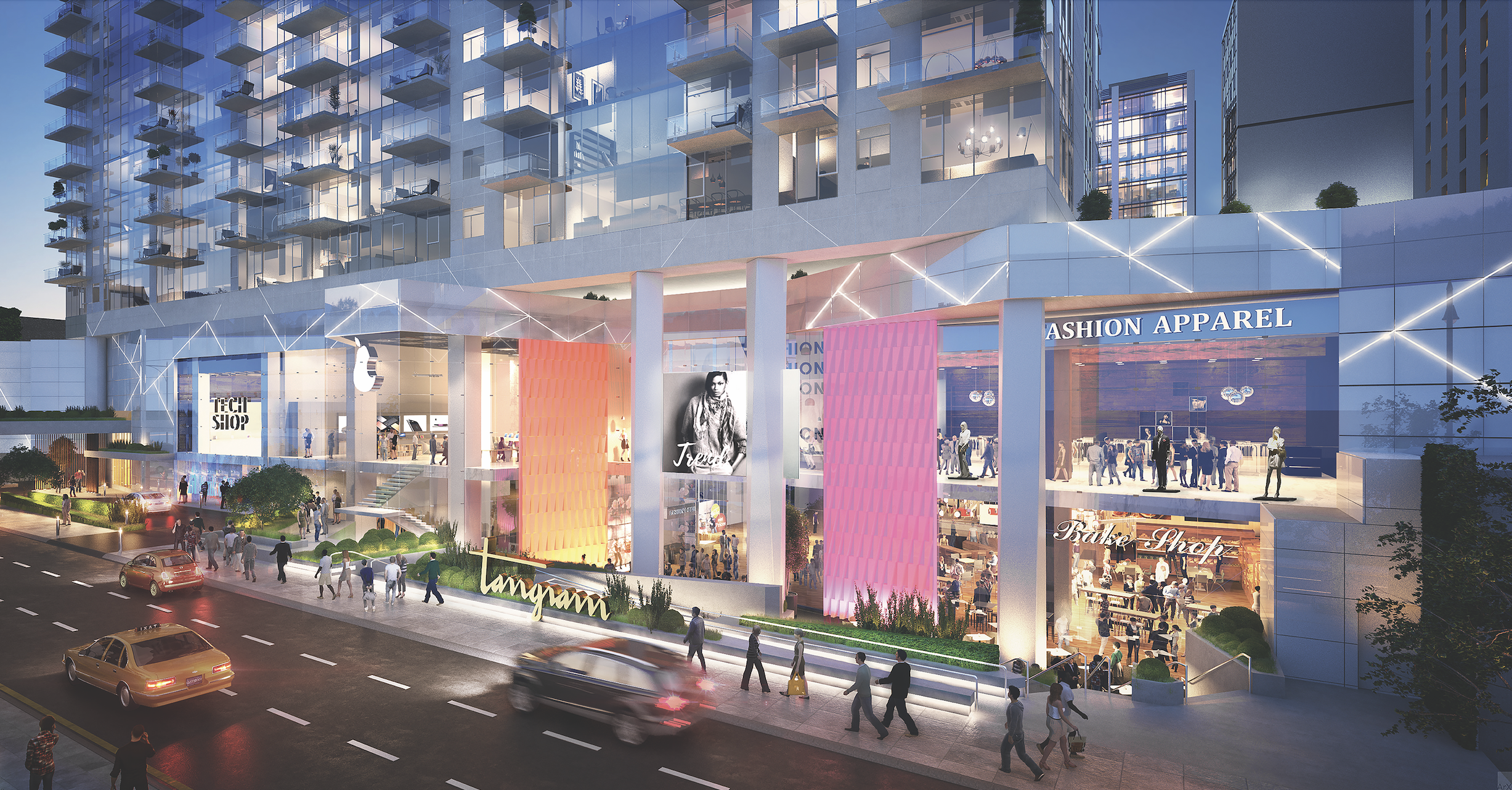For many around the world, we are entering a time filled with holidays and cultural celebrations that involve the exchanging of gifts between friends and loved ones. Prior to the pandemic, this has made the Fall season a benchmark for identifying and analyzing retail trends, from what consumers are purchasing to the price they’re willing to spend. In modern times, however, there’s been a reemergence within the buyers’ market: the performance of brick-and-mortar retail.
In the immediate aftermath of the 2020 global lockdown, e-commerce took center stage. While this had a series of other effects – such as global supply chain complications and a surge in pricing – one of the most profound shifts in the retail market was the downfall of the in-person shopping experience. Some businesses were able to move their stock online early on and transition their businesses; others were simply not prepared for circumstances that would become the new normal and were forced to shutter their doors. However, as we approach the close of 2022, we see those trends are once again shifting.
Today, in-person retail is emerging from the pandemic with renewed vigor, so much so that figures have risen beyond their benchmarks prior to the effects of COVID-19. But to meet new consumer behaviors, today’s brands are innovating to present customers with a more immersive retail design. Less enthused by strictly transactional interactions, today’s customers will return to brick-and-mortar stores that offer a memorable shopping experience.
Resurgence By the Numbers
Brick-and-mortar retail has persevered due to the same appeal that has made it the backbone of the global economy for thousands of years. In contrast to e-commerce, in-person shopping offers an interactive and tangible experience that is not easily replicated.
Cushman & Wakefield attributes its Q3 2022 U.S. Shopping Center report to a renewed enthusiasm for in-person shopping experiences at high-quality locations and optimism about long-term growth. According to the report, the retail CRE market entered its sixth consecutive increase in net absorption and their asking rents are sitting comfortably at 16 percent higher than they were five years ago.
Throughout 2020 and 2021, e-commerce sales increased by 55 percent in conjunction with consumers’ socially distant lifestyle prior to vaccine availability. But in the first half of 2022, ecommerce sales only accounted for 14.3 percent of retail sales, demonstrating the swift return to in-person shopping as the world returns to normalcy.
Even during November 2020, nine months before the vaccine was approved by the FDA, a 2022 Capgemini report states that 34 percent of consumers surveyed indicated that they maintained “significant interactions” with physical stores. In comparison in November of 2021, three months after the first vaccine was approved, that number jumped to 67 percent. At that time, 72 percent of those surveyed stated that they fully intended to return to in-person retail once the pandemic had subsided.
Conversely, the Cushman & Wakefield report also cites that consumer’s confidence in their own financial prospects is at its lowest level since the 1950s. With wage growth not being commiserated with inflation coupled with overall higher prices and interest rates, it is more important than ever for businesses and developers to keep a close eye on these retail trends and pivot their strategy accordingly.
Experiences Drive Customer Retention
To meet the resurgence of customer enthusiasm for in-person shopping, brands are using experiential design to express themselves more in retail stories, whether that be through live displays, music, staff demeanor and even down to the scents they choose to use in their stores. According to Shopify, 81 percent of consumers will pay more for experiences that upgrade the shopping trip, and 76 percent would rather spend money on experiences than products.
Successful retail stores will leave a memorable mark on customers that drives them back. According to Harvard Business School, increasing customer retention rates by 5 percent increases profits by 25 to 95 percent. Recurring customers drive growth, and in return, brands need to offer loyal customers a more personal shopping experience.
Chanel recently made headlines for its invite-only private boutiques that will be available exclusively for the brand’s biggest spenders. The buzz is already prompting shoppers to spend more in their stores with many of those shoppers seeking a VIP invite once the boutiques officially open. The first stores are slated to open in key Asian cities, where exclusivity in shopping is a priority,” CEO Philippe Bondiaux says. “Our biggest preoccupation is to protect our customers and in particular our pre-existing customers.”
Powerhouses Gucci and Balenciaga recently collaborated to offer a “hacked” collection for a limited time only. The designers merged their two brand motifs into a buzzworthy fashion line, combining Balenciaga’s boldness with Gucci’s classic femininity. Gucci hosted pop-up stores with the collection in Shoreditch, Berlin and Milan, prompting a wave of Gen Z consumers to visit the space and share the contents online. Balenciaga continued by bringing the collection to 74 pop-up stores across the world with many of the locations enlisting a local artist to personalize and hand-tag the “hacked” Gucci bags.
The Best of Both Worlds
Despite the pandemic’s socially distant lifestyle, brick-and-mortar is making a comeback by elevating the customer experience and driving customer retention. But the return to stores does not mean e-commerce will suffer, retail brands are acutely aware of how important it is to have online capabilities in the event of unforeseen circumstances. The result is a brick-and-mortar landscape that has now become a hybrid, ready for any shift in consumer behavior and welcoming shoppers back with open arms, with more commerce options for them than ever before.

